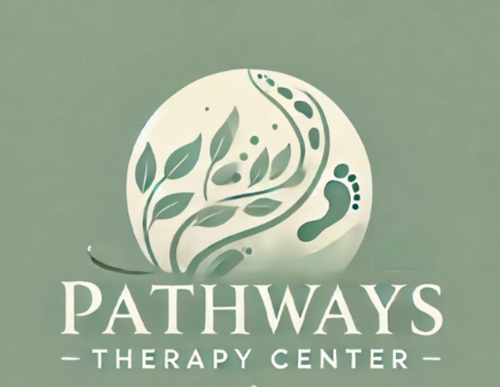In a world constantly buzzing with notifications, expectations, and distractions, being alone has become a lost skill. Many fears solitude, mistaking it for loneliness. But the ability to sit with oneself—without the need for external validation or entertainment—is one of the most powerful forms of self-mastery.
The truth? Most people are running—from their thoughts, their past, and even their own reflection. But learning to be with yourself is not just a practice in self-discipline; it’s a form of deep healing.
Why Is It So Hard to Be Alone?
Society conditions us to be in a constant state of doing—working, socializing, scrolling, consuming. Stillness feels foreign. When we finally slow down, we’re often met with discomfort. That restlessness? That’s unprocessed emotions, unresolved fears, and buried insecurities bubbling to the surface.
Instead of avoiding them, what if we faced them?
Steps to Becoming Comfortable with Yourself
Destroy the Noise
We live in an overstimulated world. From social media to endless to-do lists, we drown in distractions. Step one? Cut out the unnecessary. Take a break from mindless scrolling, toxic social circles, and excessive external input.
Sit in the Discomfort
If being alone makes you anxious, ask yourself: Why? What are you avoiding? The only way to find out is to sit in the discomfort and listen. Meditation, journaling, or simply staring at the ceiling without grabbing your phone—these small moments help you reconnect with your own mind.
Engage in Deep Reflection, learn to ask yourself real questions:
-
Who am I when no one is watching?
-
What emotions have I been suppressing?
-
What truly brings me peace?
Writing down your thoughts or speaking to them aloud can help you untangle inner chaos.
Master Your Mind
Solitude isn’t just about being alone; it’s about being at peace with yourself. Practices like mindfulness, therapy, and philosophy help you develop mental resilience. Books on stoicism, meditation, and psychology can be powerful guides.
Build Inner Wealth
If you don’t enjoy your own company, ask: Why? Maybe you haven’t cultivated passions, hobbies, or interests that excite you. Build skills, read more, explore new ideas—make your time alone something you look forward to.
Embrace the Dark
True healing comes from facing the parts of yourself you’d rather ignore—past mistakes, fears, insecurities. Therapy can be a powerful tool here, helping you process buried emotions and reframe negative thought patterns. Sometimes, the best way to find yourself is with the guidance of a skilled professional.
How Therapy Can Help:
While solitude is a powerful tool for self-discovery, sometimes our internal struggles are too deep to navigate alone. Therapy provides a structured space to explore:
-
Unresolved childhood wounds
-
Self-worth and identity issues
-
Anxiety and fear of being alone
-
Patterns of self-sabotage
A therapist can help you turn solitude from something painful into something healing. Instead of avoiding yourself, you learn to embrace and understand yourself.
The Power of Being Alone
Being truly comfortable with yourself is freedom. You stop relying on external distractions. You develop self-sufficiency. You become someone who doesn’t need constant validation but instead thrives in their own space.
So, ask yourself: What am I running from?


